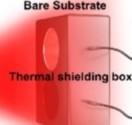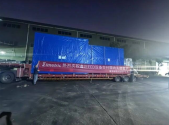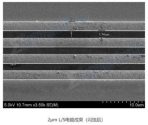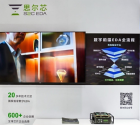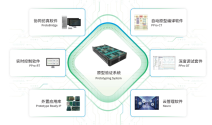Ultrathin aluminum layer-based DUV transparent thermal protection optical window
Abstract
Extreme ultraviolet (EUV) light sources are critical for high-resolution lithography. For stable EUV output, real-time plasma monitoring is needed. However, broadband radiation of sources based on laser-produced plasma can induce thermal lensing in optical windows of detection systems, reducing observation accuracy and EUV generation efficiency. To solve this problem, thermal protection optical windows (TPO windows) are needed. Existing approaches, including multilayer all-dielectric coatings and transparent conductive coatings, often suffer from DUV absorption and fabrication complexity. This paper presents a DUV-transparent thermal protection window using an ultrathin aluminum (Al) layer. The fabricated TPO window achieved 67.7% transmittance at 266 nm, an average reflectance of 64% from UV to near-infrared (200–2500 nm) band, and over 96% in the mid-to-far infrared (2.5–11 μm) band. It also demonstrated excellent environmental stability, reducing thermal lensing by approximately 80% compared to bare substrates. These results indicate that ultrathin Al-based thermal protection windows are a practical and effective solution for enhancing the stability and measurement accuracy of EUV systems.
